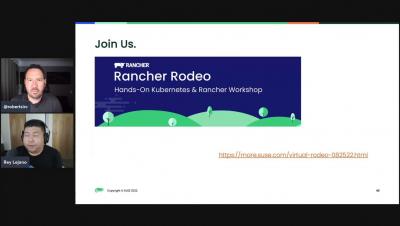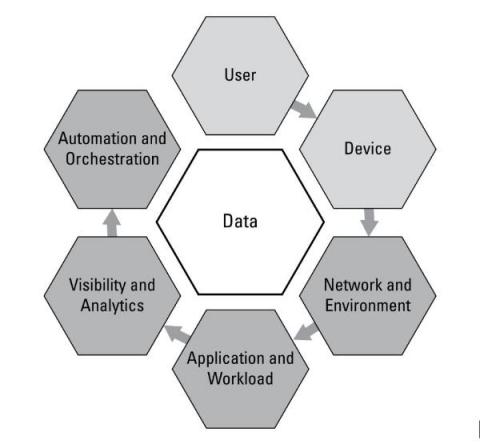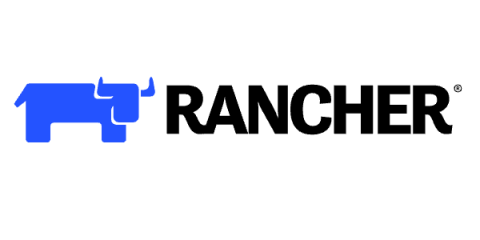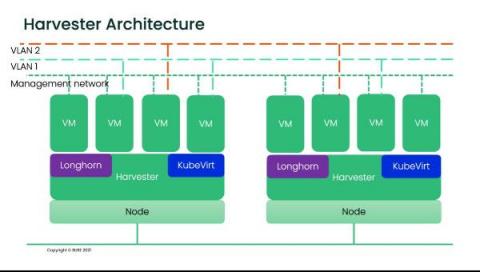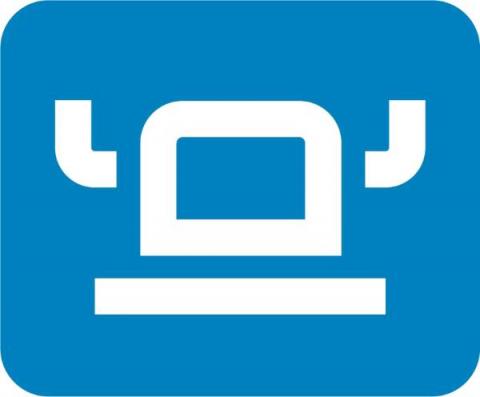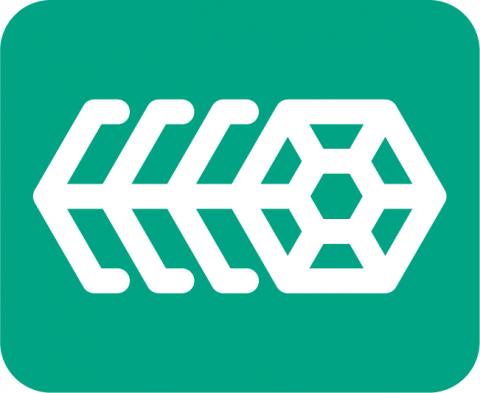Operations | Monitoring | ITSM | DevOps | Cloud
Rancher
Zero Trust: The New Security Model for Cloud Native Applications and Infrastructure
Zero Trust security is gaining attention and momentum as a security approach or mindset that can improve the security posture of enterprises as they continue to battle hackers. Because of this widespread attention on Zero Trust, every software security vendor seems to be jumping on the Zero Trust bandwagon. However, Zero Trust is not a product or service. No single product or vendor can sell you Zero Trust security.
Epinio and Crossplane: the Perfect Kubernetes Fit
One of the greatest challenges that operators and developers face is infrastructure provisioning: it should be resilient, reliable, reproducible and even audited. This is where Infrastructure as Code (IaC) comes in. In the last few years, we have seen many tools that tried to solve this problem, sometimes offered by the cloud providers (AWS CloudFormation) or vendor-agnostic solutions like Terraform and Pulumi.
Comparing Hyperconverged Infrastructure Solutions: Harvester and OpenStack
The effectiveness of good resource management in a secure and agile way is a challenge today. There are several solutions like Openstack and Harvester, which handles your hardware infrastructure as on-premise cloud infrastructure. This allows the management of storage, compute, and networking resources to be more flexible than deploying applications on single hardware only. Both OpenStack and Harvester have their own use cases.
Cloud Modernization Best Practices
Cloud services have revolutionized the technical industry, and services and tools of all kinds have been created to help organizations migrate to the cloud and become more scalable in the process. This migration is often referred to as cloud modernization. To successfully implement cloud modernization, you must adapt your existing processes for future feature releases.
Kubernetes Master Class: GitOps, Rancher and ArgoCD with Codefresh
Rancher Desktop 1.5.0: With Redesigned Preferences GUI and More
A new version of Rancher Desktop with a redesigned user-friendly Preferences dialog and several other improvements has just been released!
Persistent, Distributed Kubernetes Storage with Longhorn
Kubernetes is an open source container orchestration system that enables applications to run on a cluster of hosts. It’s a critical part of cloud native architecture because it can work on public or private clouds and on-premises environments. With an orchestration layer on top of traditional infrastructure, Kubernetes allows the automated deployment, scaling, and management of containerized applications.
Kubewarden v1.1.1 Is Out: Policy Manager For Kubernetes
We are happy to announce the first minor release of Kubewarden v1.0: v1.1.1 is now available! For those of you new to Kubewarden, it is a policy manager for Kubernetes.
Managing Your Hyperconverged Network with Harvester
Hyperconverged infrastructure (HCI) is a data center architecture that uses software to provide a scalable, efficient, cost-effective way to deploy and manage resources. HCI virtualizes and combines storage, computing, and networking into a single system that can be easily scaled up or down as required.


